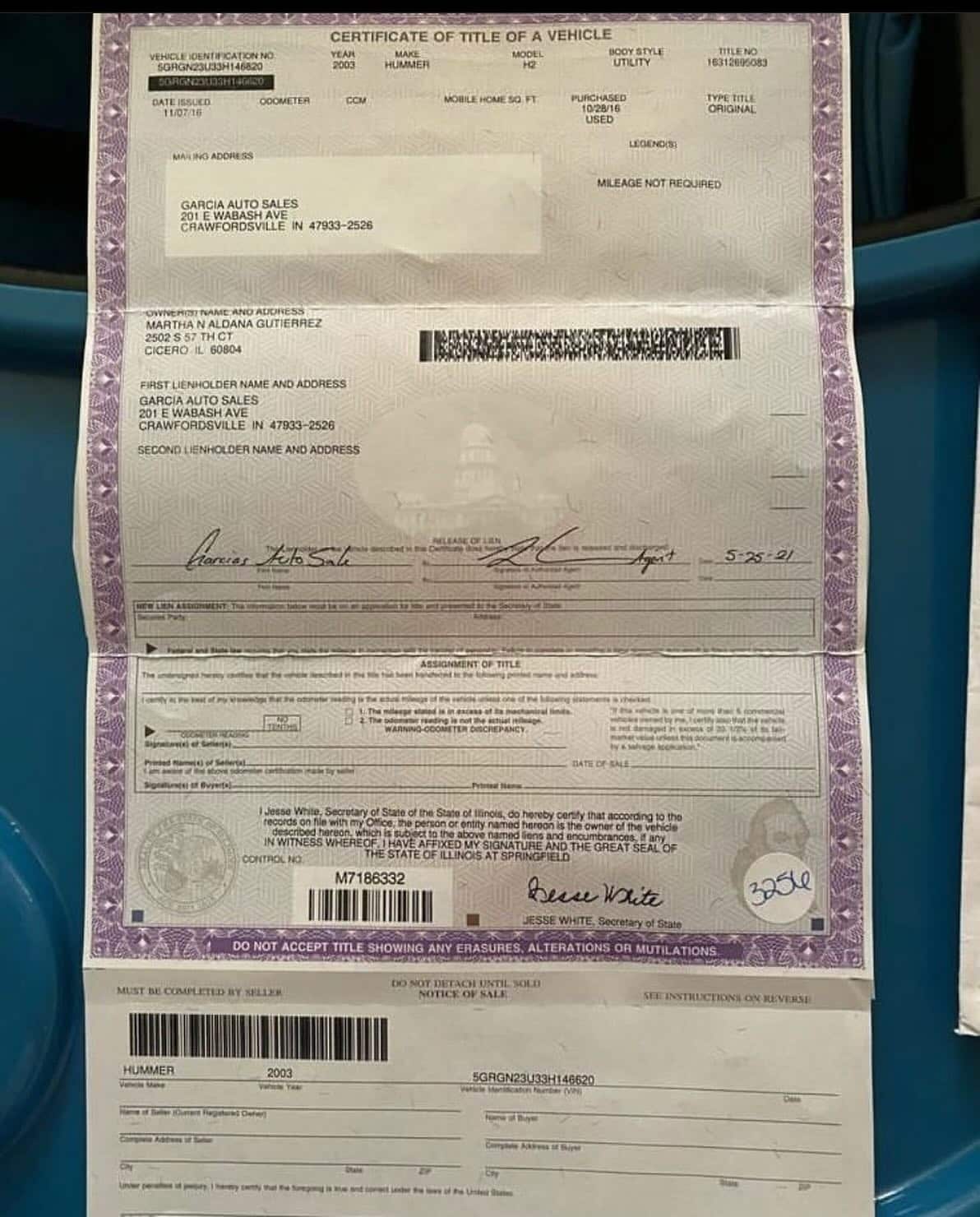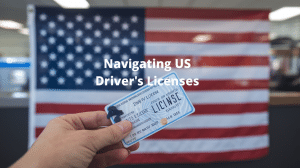In today’s digital age fake auto title is random, and we can get a car title online or replace a lost car title with just a few clicks, it’s more important than ever to be vigilant about the authenticity of vehicle documentation. Counterfeit car titles are a growing concern for both buyers and sellers in the automotive world. This blog post will guide you through the process of identifying fake car titles, understanding car title laws, and ensuring you’re making safe, legal transactions when it comes to vehicle ownership.
The Rising Threat of Fake Auto Title
Counterfeit car titles are becoming increasingly sophisticated, putting honest car owners, buyers, and sellers at risk. These fake documents can lead to serious legal and financial consequences, from unknowingly purchasing a stolen vehicle to difficulties when trying to transfer a car title to a new owner. Let’s dive into why this issue matters and how you can protect yourself.
Why Counterfeit Titles Are a Problem
Fake car titles pose several risks:
- Financial loss: You might pay for a car you can’t legally own
- Legal troubles: Possessing a counterfeit title can lead to criminal charges
- Insurance issues: Your coverage may be invalid if your car’s title is fake
- Resale difficulties: You can’t legally sell a car with a counterfeit title
Red Flags: How to Spot a Fake Car Title
Knowing what to look for can help you avoid falling victim to title fraud. Here are some key indicators that a car title might be counterfeit:
1. Paper Quality and Texture
Authentic car titles are printed on high-quality, security paper. If the title feels flimsy or like regular printer paper, it’s likely a fake. Many states use paper with a slight sheen or embedded security features like watermarks.
2. Inconsistent Font or Printing
Official titles use consistent, clear fonts throughout the document. Look out for:
- Mismatched fonts
- Blurry or pixelated text
- Uneven spacing between letters or words
3. Missing or Incorrect Security Features

Most states incorporate various security elements in their titles. These can include:
- Holograms
- Color-shifting ink
- Microprinting
- Security threads
If these features are missing or look off, it’s a major red flag.
4. Errors in State-Specific Information
Each state has its own format for car titles. Familiarize yourself with your state’s title layout. Look for:
- Correct state name and abbreviation
- Accurate DMV address
- Proper placement of the state seal
The Importance of Checking Car Title History
One of the best ways to verify a car title’s authenticity is to check its history. This process can reveal:
- Previous owners
- Accidents or damage reports
- Liens on the vehicle
- Title status (clean, salvage, rebuilt)
Many online services allow you to check a car title history using the Vehicle Identification Number (VIN). This step is crucial when buying a used car or verifying your own vehicle’s documentation.
Understanding Car Title Laws
Car title laws vary by state, but some general principles apply across the board. Familiarizing yourself with these laws can help you spot inconsistencies in potentially fake titles:
Title Transfer Laws
When you transfer a car title to a new owner, specific procedures must be followed:
- Both buyer and seller must sign the title
- The odometer reading must be recorded
- Some states require notarization
- A bill of sale is often required
If a seller can’t provide a properly completed title, it’s a warning sign.
Replacement Title Procedures
If you need to replace a lost car title, each state has a specific process. Generally, you’ll need to:
- Provide proof of identity
- Show proof of ownership (registration, insurance)
- Pay a fee
- Complete an application form
Be wary of sellers who claim they can quickly get a replacement title without following these steps.
Protecting Yourself When Buying or Selling a Car
Whether you’re on the buying or selling end of a car transaction, take these steps to ensure you’re dealing with a legitimate title:
For Buyers:
- Always see the physical title before purchasing
- Check the car title history using the VIN
- Verify the seller’s identity matches the name on the title
- If possible, complete the transaction at a DMV office
For Sellers:
- Never sign a blank title
- Complete all required fields on the title before transferring
- Keep copies of all documentation
- Consider using an escrow service for added security
The Role of Technology in Combating Title Fraud
As counterfeiters become more sophisticated, so do the methods to combat them. Many states are moving towards electronic titling systems, making it easier to get a car title online and harder for fraudsters to create convincing fakes.
Benefits of Electronic Titling:
- Reduced paper waste
- Faster processing times
- Enhanced security features
- Easier to check title status and history
While these systems are becoming more common, it’s still important to know how to verify physical titles as well.
Conclusion: Stay Informed and Vigilant
Protecting yourself from counterfeit car titles requires knowledge, attention to detail, and a healthy dose of skepticism. By understanding what to look for, knowing how to check a car’s history, and familiarizing yourself with car title laws, you can significantly reduce your risk of falling victim to title fraud.
Remember, if something seems too good to be true or if a seller is reluctant to provide proper documentation, it’s better to walk away. Your financial security and peace of mind are worth more than any deal.
Stay informed, stay vigilant, and drive safely with the confidence that comes from knowing your car’s title is legitimate and your ownership is secure.






